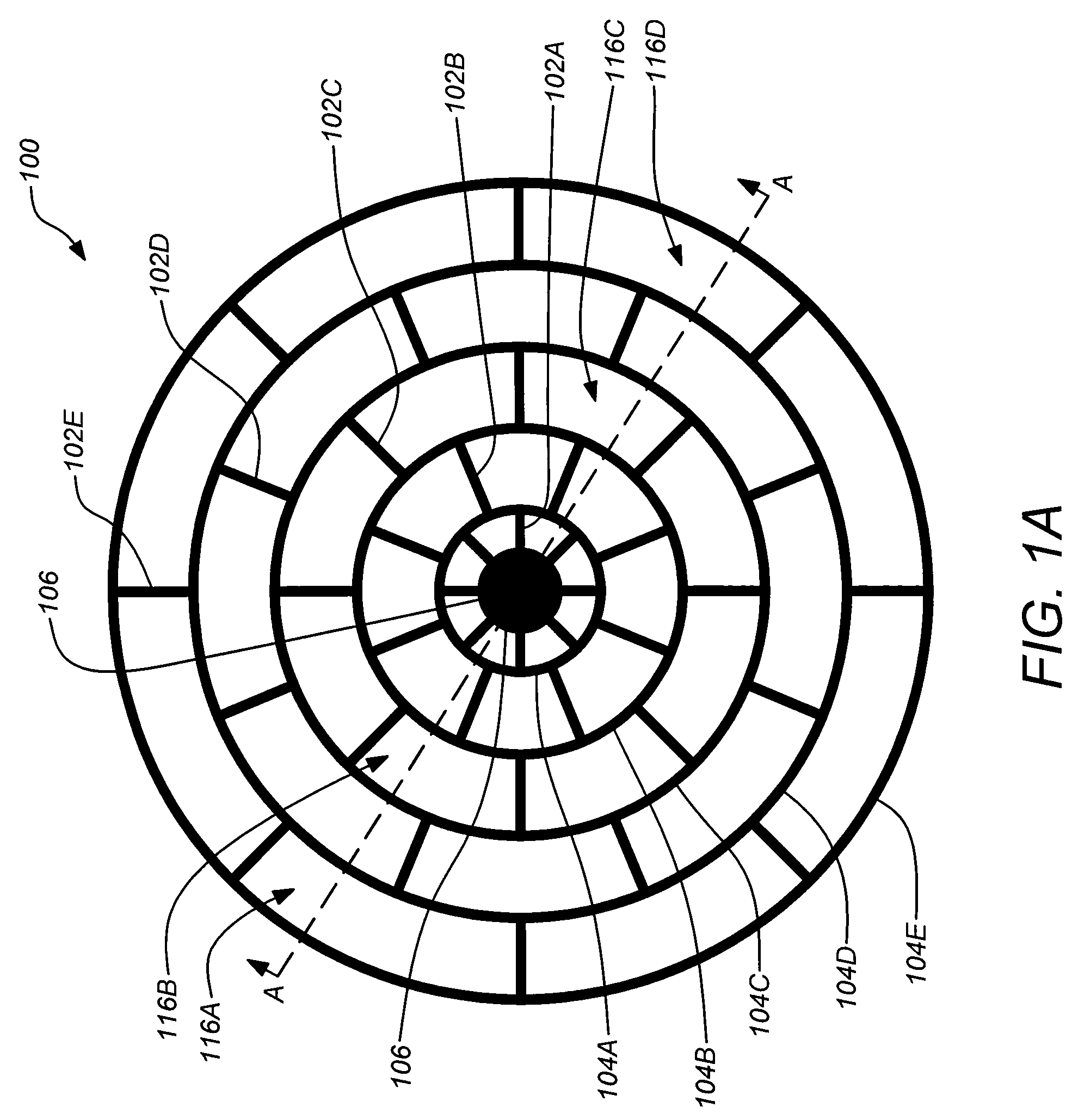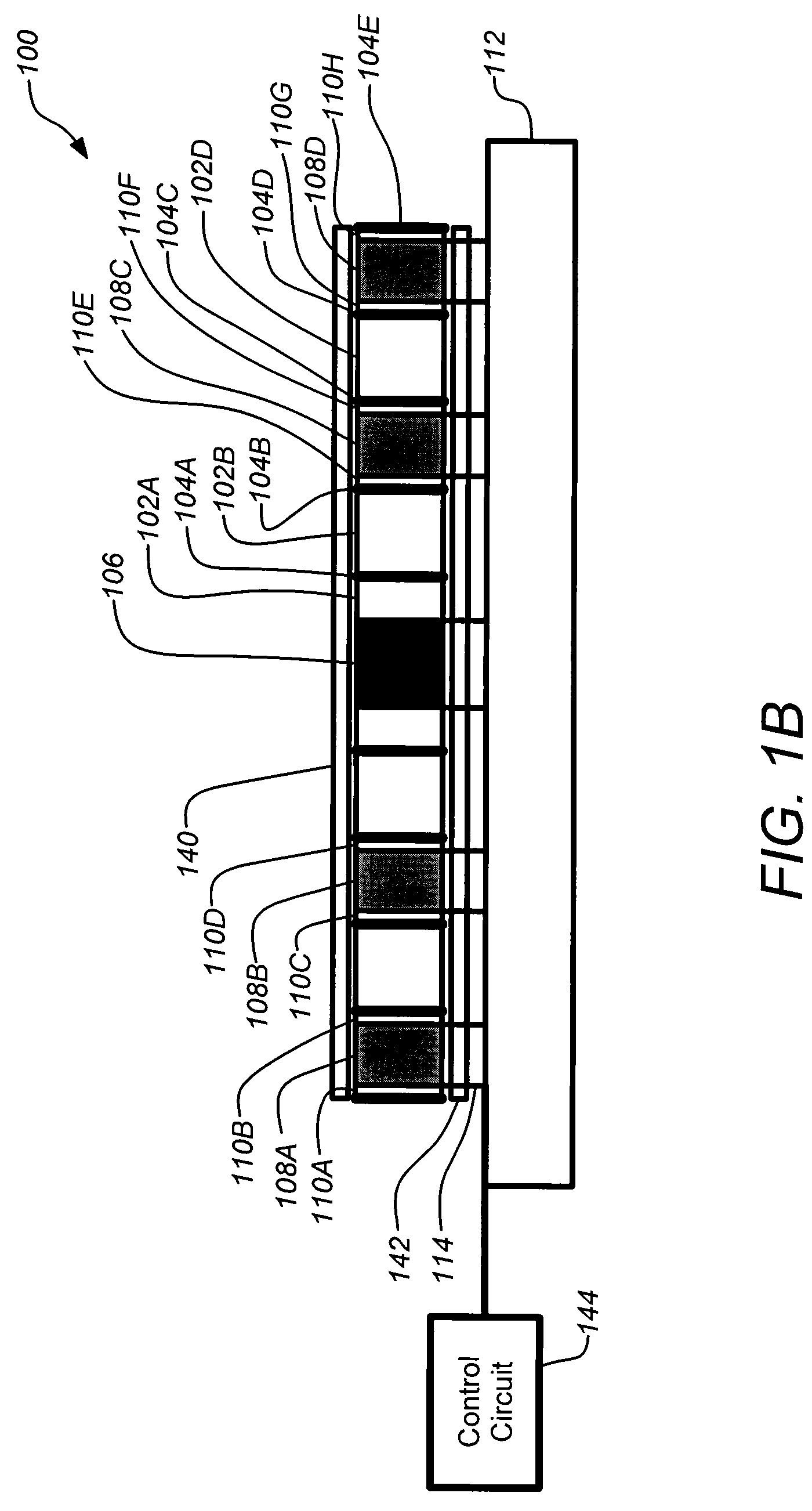Vibratory gyroscope with parasitic mode damping
a vibration gyroscope and parasitic mode technology, applied in the field of gyroscopes, can solve the problems of large and heavy, large and heavy, and old mechanical gyroscopes with very heavy mechanisms
- Summary
- Abstract
- Description
- Claims
- Application Information
AI Technical Summary
Benefits of technology
Problems solved by technology
Method used
Image
Examples
Embodiment Construction
[0042]1. Overview
[0043]In the following description of the preferred embodiment, reference is made to the accompanying drawings which form a part hereof, and in which is shown by way of illustration a specific embodiment in which the invention may be practiced. It is to be understood that other embodiments may be utilized and structural changes may be made without departing from the scope of the present invention.
[0044]As previously described, embodiments of the present invention can be applied to a planar resonator supported on a central rigid stem and with substantially increased sensing capability by utilizing a short solid cylindrical resonator or disc having a substantial useable internal resonator volume, allowing the incorporation of significantly more sensing for the measurement of desirable resonator internal motion. This use of a planar element, such as a disc, rather than a shell or ring results in substantial top and bottom surface areas and a large internal volume for m...
PUM
 Login to View More
Login to View More Abstract
Description
Claims
Application Information
 Login to View More
Login to View More - R&D
- Intellectual Property
- Life Sciences
- Materials
- Tech Scout
- Unparalleled Data Quality
- Higher Quality Content
- 60% Fewer Hallucinations
Browse by: Latest US Patents, China's latest patents, Technical Efficacy Thesaurus, Application Domain, Technology Topic, Popular Technical Reports.
© 2025 PatSnap. All rights reserved.Legal|Privacy policy|Modern Slavery Act Transparency Statement|Sitemap|About US| Contact US: help@patsnap.com



